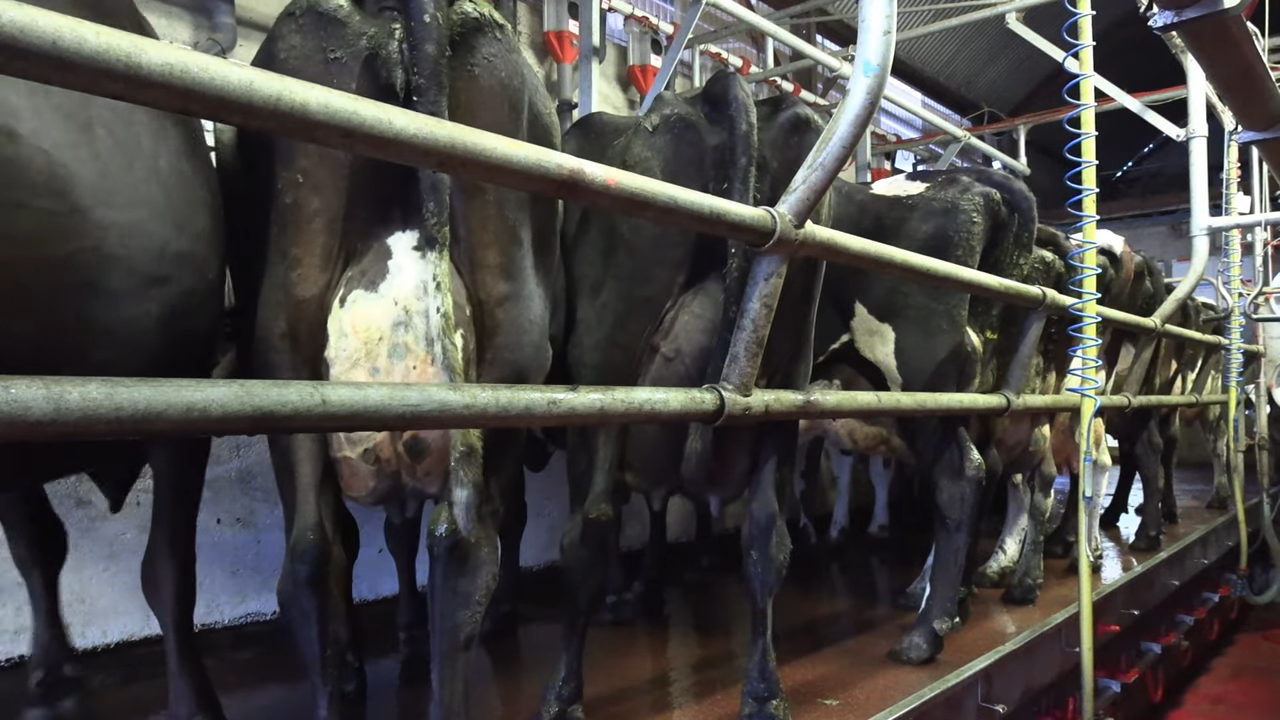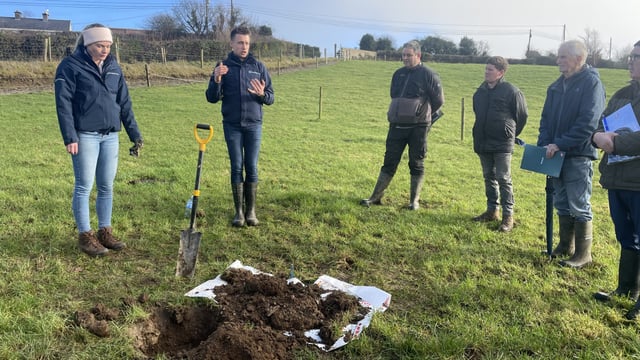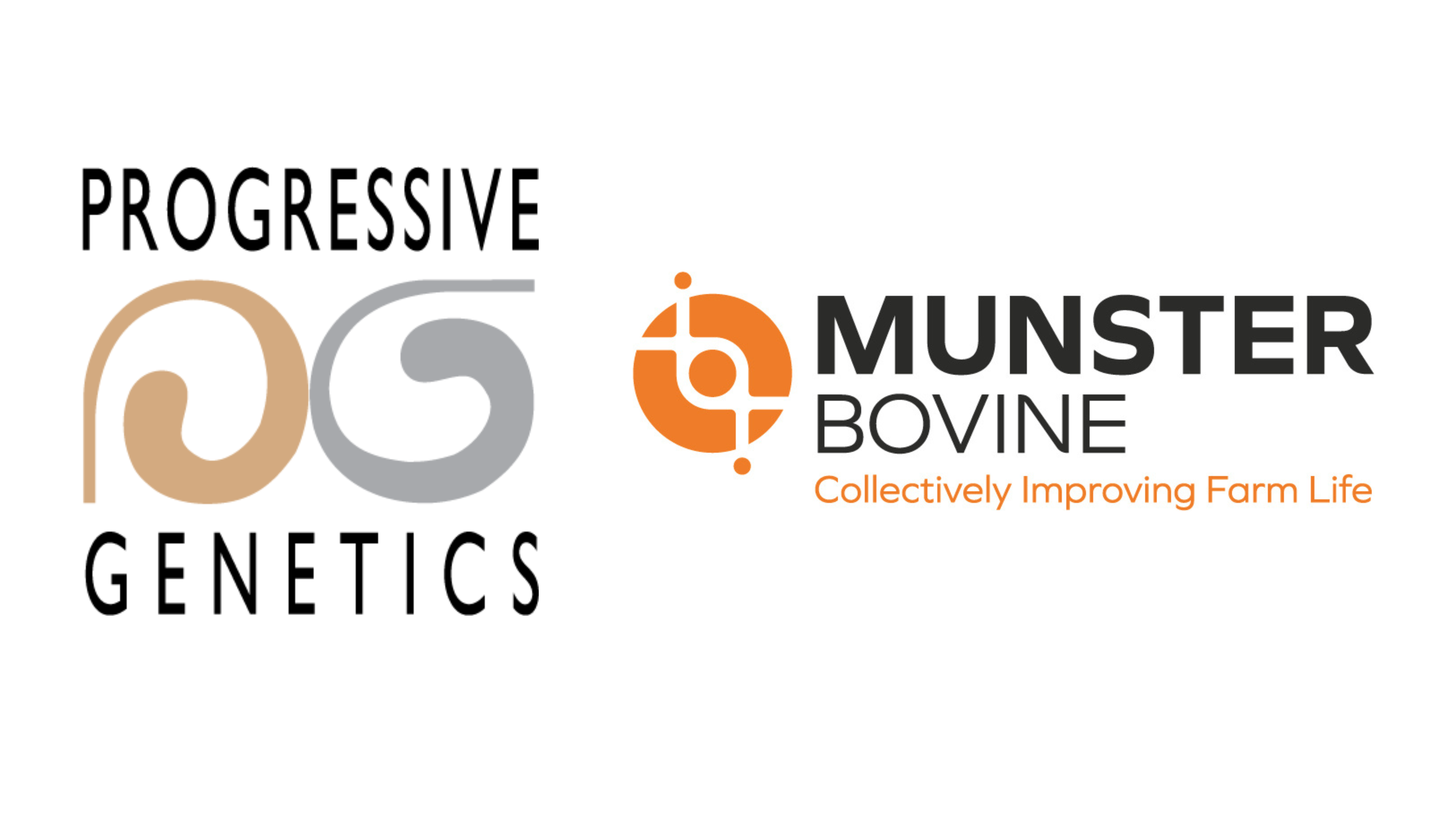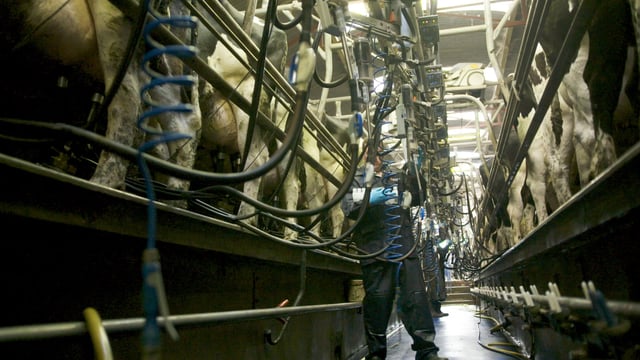Dairy advice: Should the milking routine be analysed?
Before we enter into the busy spring calving period, it might be no harm for farmers to analyse their milking routine and see if it needs improvement before it all kicks off.
Many farms will already have calves on the ground, with milking probably underway once-a-day for the first few weeks, but it won't be long before there is a cohort of cows getting milked twice-a-day.
It is important to have a consistent and hygienic milking routine, as it is vital in early lactation to produce high quality milk, and will also aid with milking speed.
In early lactation, it can be easy to let your somatic cell count (SCC) spike up, which leads to poor quality milk being produced and increases the risk of mastitis.
The aim of a good milking routine is to put clusters on calm cows, with clean, dry, well-stimulated teats to remove milk as quick as possible, and to remove the teat cups as soon as the cow has finished milking.
Hygiene must not be overlooked, as it is important to strike a balance between good milking practices and efficiency.
The milking parlour should be set up and wet down before cows are brought in to avoid causing any unnecessary stress on the cows waiting to be milked.
Ideally, farmers should be using a clean milking apron with disposable nitrile gloves to help stop the spread of mastitis and protect against any zoonotic diseases, such as leptospirosis, during milking.
Clusters should be attached to clean, dry teats and during the early lactation and when cows' milk is eventually going to the bulk tank, each quarter should should be stripped to check for mastitis and to stimulate milk let down.
Once the cluster has been attached, it is important to check that it is sitting squarely on the cow, as this will prevent the liner from slipping or pinching the cow and ensure the cow is milked correctly.
If manually taking off clusters, they should be removed when there is only a single stream of milk visible in the claw piece in order to minimise the risk of over milking.
Avoid causing air blasts when taking off clusters by turning off the vacuum and kinking the milk tube, or by using the button on the claw piece.
If you have automatic cluster removers (ACRs), ensure that they are in good operating order, as you don’t want them taking clusters off cows that are still milking or getting over-milked.
A full service of the parlour is advised before the season kicks off to ensure all ACRs and feeders are calibrated.
Apply post-milking teat disinfectant while making sure that the teat skin of every teat is completely covered at the end of every milking.
Wash the parlour between rows and avoid washing while cows are in the parlour, unless all of the units are attached to cows as this will only spread dirt and infection.
Use running water and disinfectant solution to remove infected milk from gloves, liners and other equipment to stop the spread of mastitis and other diseases.
A good hygienic milking routine is the first step in making sure that you are producing quality food which is essential in sustaining and creating markets for the Irish dairy industry.





